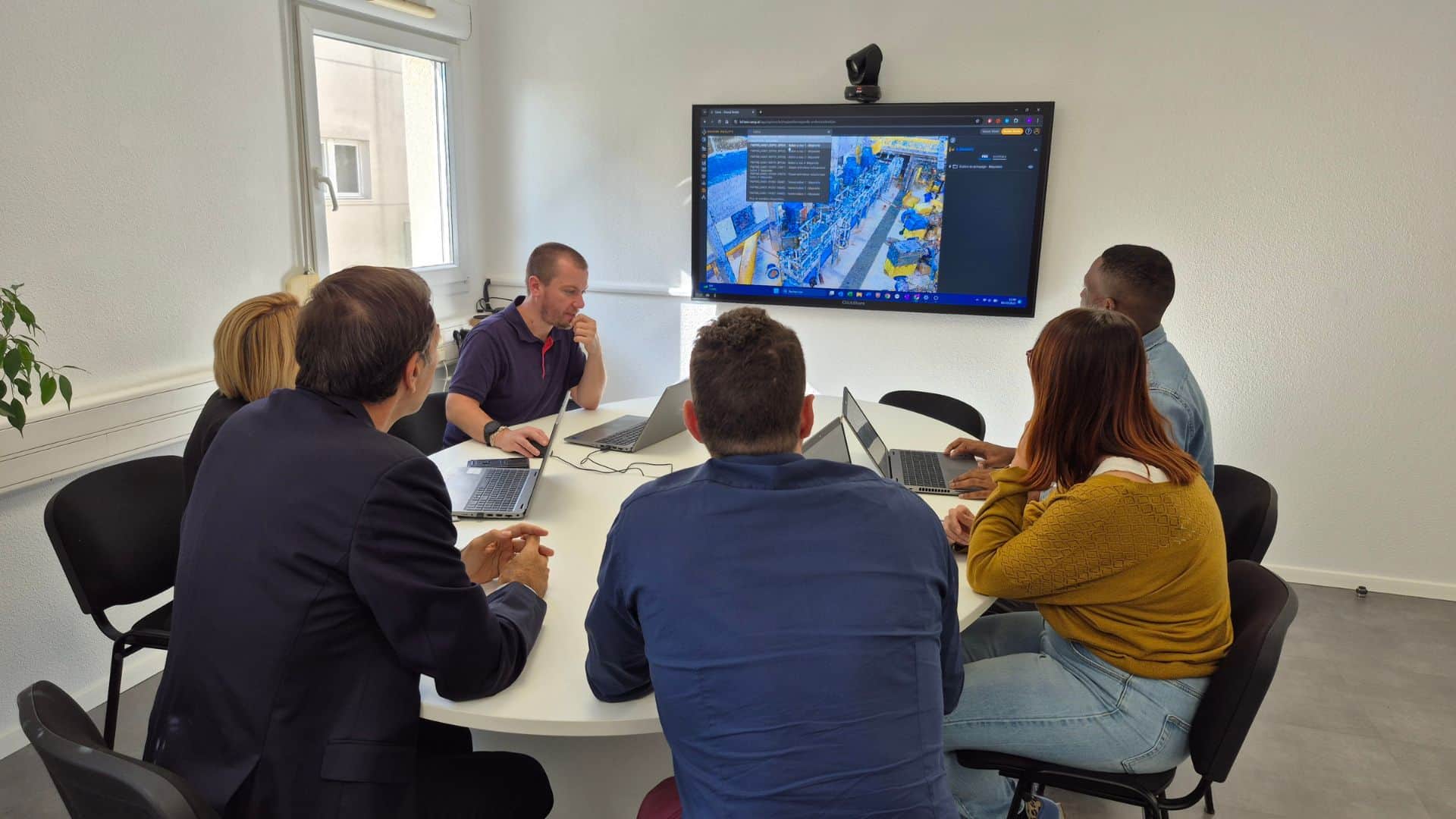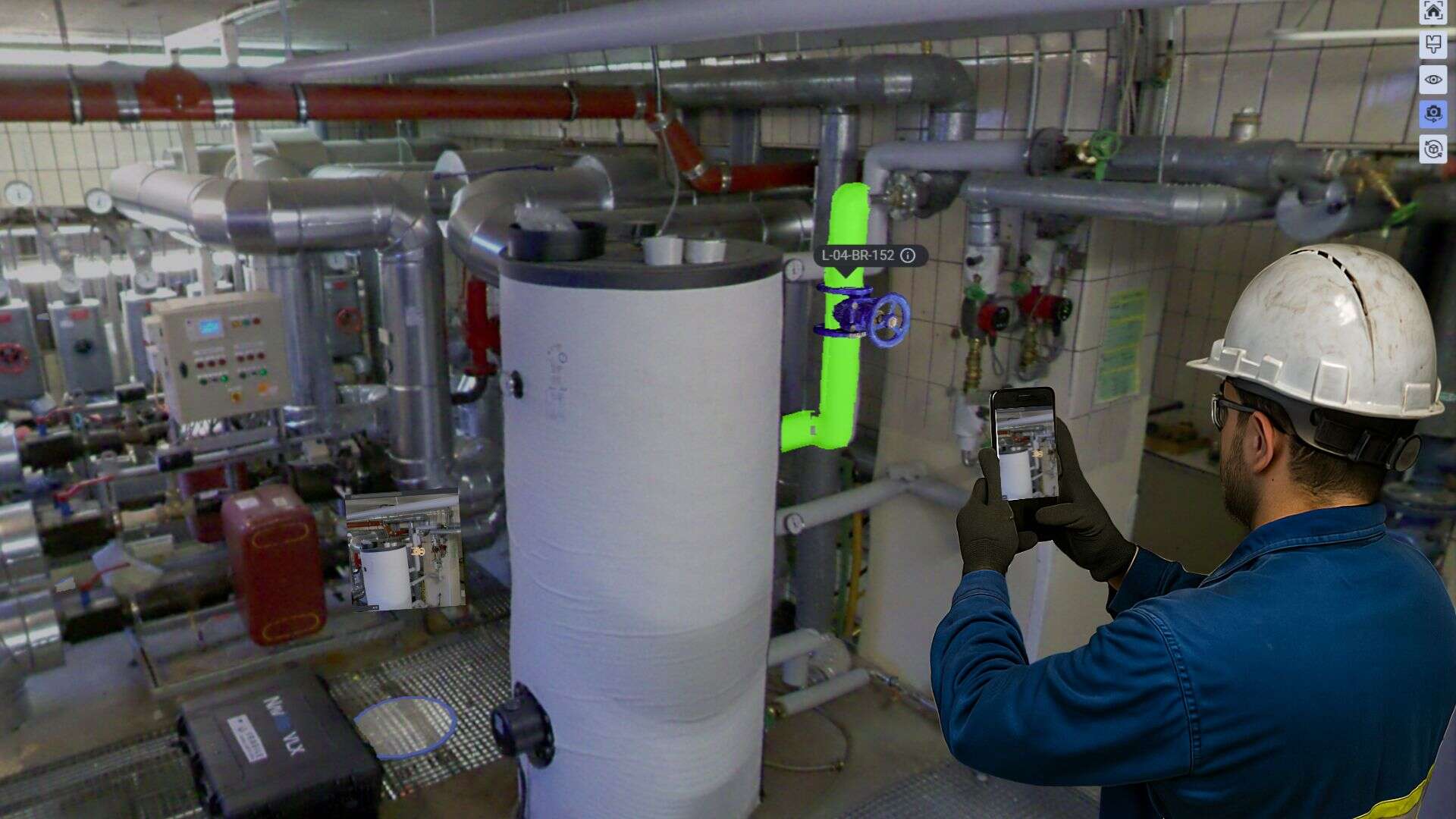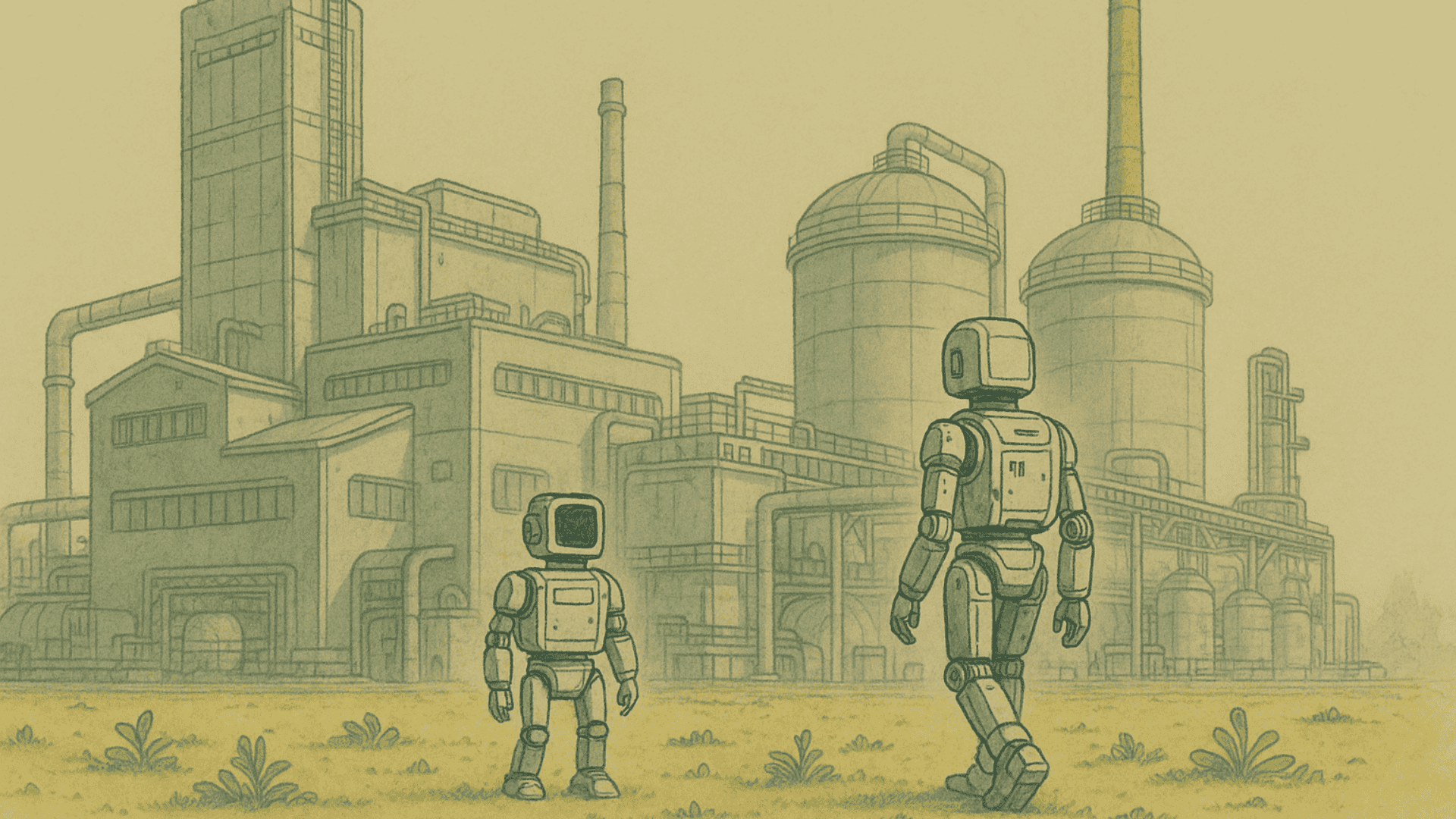BIM is dead
For Owners & Operators
In his latest podcast, serial entrepreneur KP Reddy dismantles the BIM myth and reveals why current design technologies are falling short for facilities owners & operators.KP Ready reflects on his 2011 book about Building Information Modeling (BIM) and shares critical insights about its limitations.This is so much aligned with our view at Samp, and the reason why we built Shared Reality, that we wanted to share the key points of this podcast below:
Key Perspectives on BIM
- BIM has largely failed to deliver value to building owners and developers
- What was once seen as a game-changing technology has become merely a sophisticated drafting tool
- The technology has not fulfilled its original promise of providing comprehensive building data and insights
Major Challenges with BIM Implementation
- Architects use BIM primarily as a drafting tool, not for data enrichment
- Contractors often recreate BIM models from scratch, doubling work efforts
- Owners ultimately receive minimal useful information, sometimes even less data than before BIM

Root Causes of BIM’s Shortcomings
- Misaligned legacy software industry incentives
- Lack of focus on serving real client needs
- Communication gaps between design intent, build intent, and owner expectations
- Increased Request for Information (RFI) complexity instead of reduction
Future Vision
- AI is viewed as potentially more transformative for owners and developers
- There’s a need for more accountability in project delivery, such as providing comprehensive 20-year maintenance and operating budget plans
- The industry must shift from technology-centric to client-value-centric approaches.
Being a category leader like we are is very demanding, and it’s always nice to hear a frank and unfiltered view of industrial innovation that challenges established assumptions about technology.
Tune in to hear the full 42min podcast:





